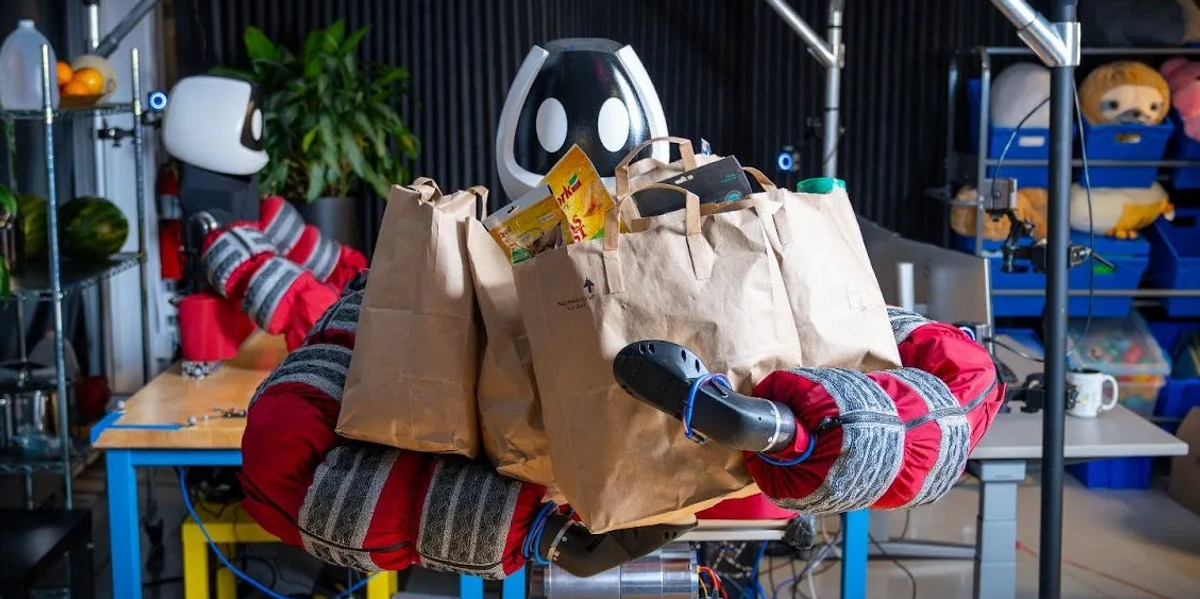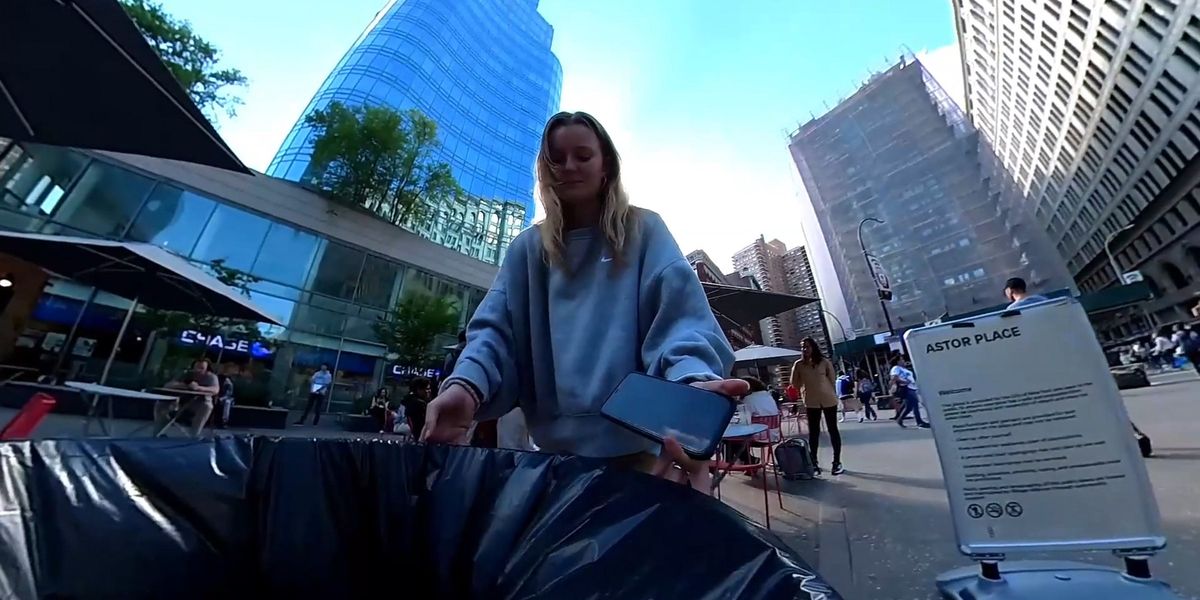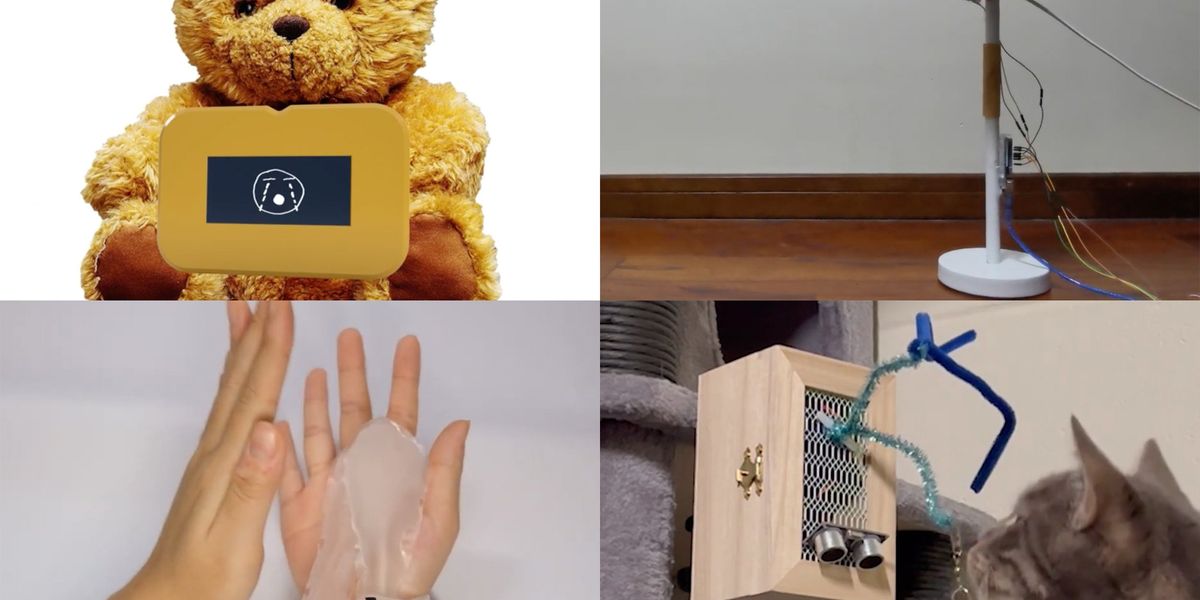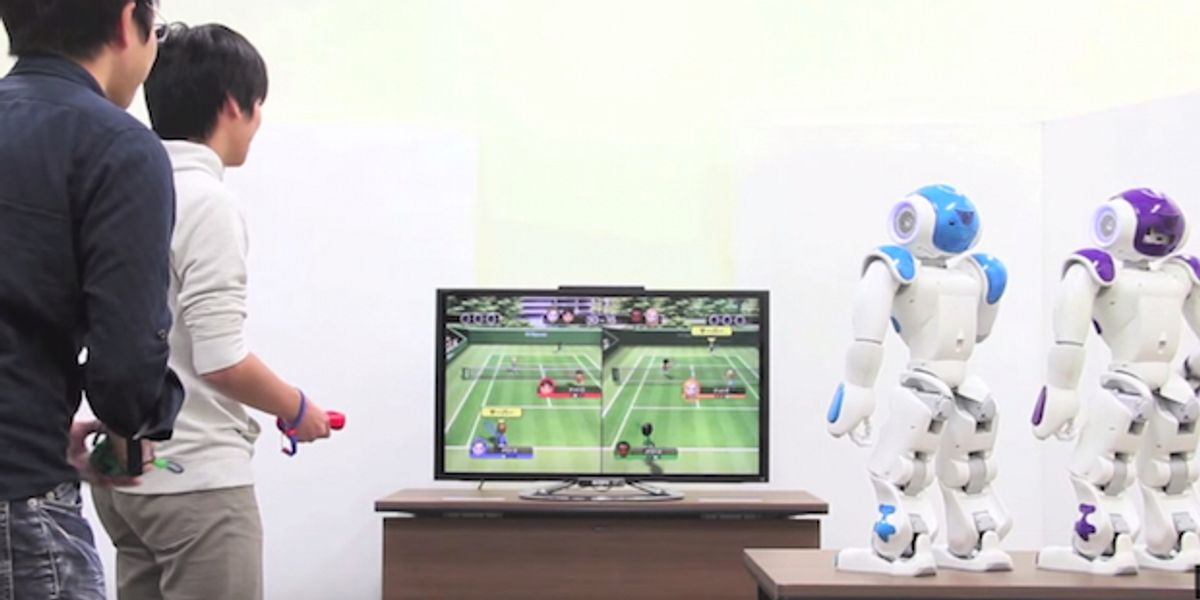Roboy
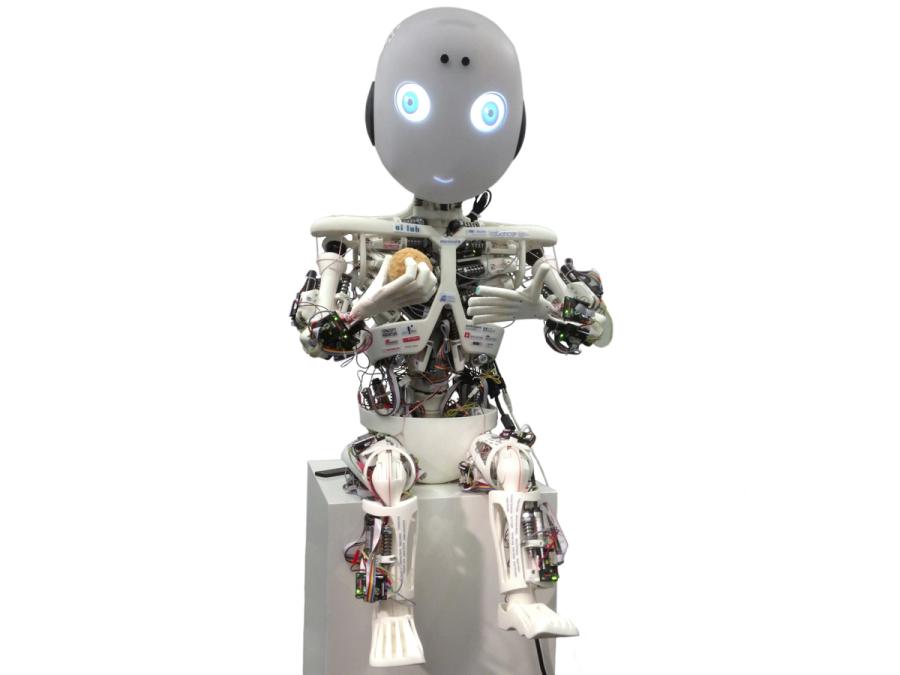
Roboy is a humanoid robot designed as a platform for robotics research, in particular humanlike musculoskeletal actuation. It's open source, and its body is 3D-printed and easy to reproduce.
- Creator
- Year
- 2013
- Country
- Switzerland 🇨🇭
- Categories
- Features
Did you know?
Roboy moves using artificial muscles and tendons much like those of humans.


More Images
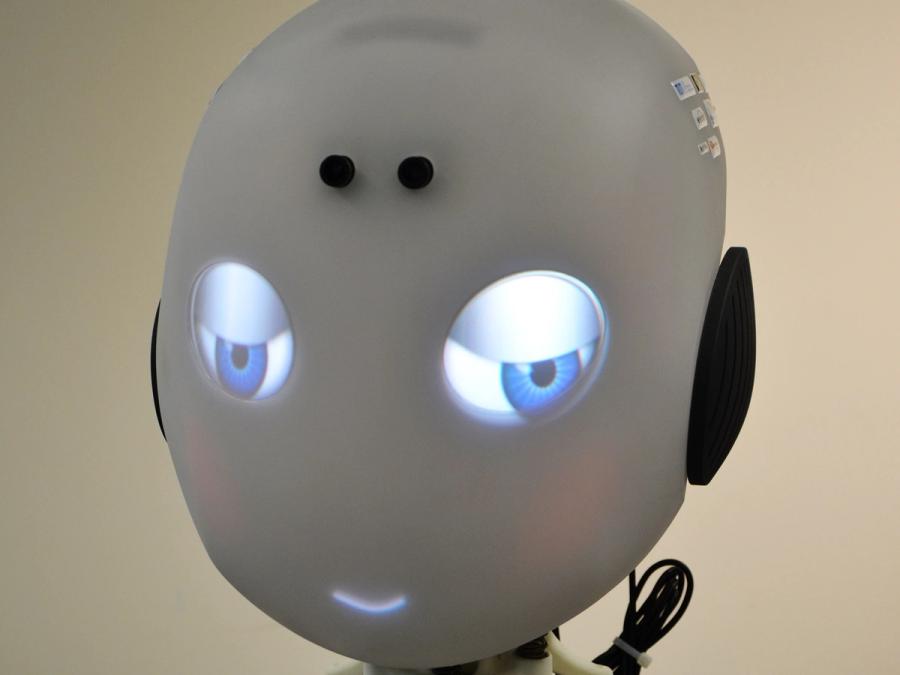


Specs
- Overview
Open hardware and software. Human-like muscle and tendon structures. Able to understand speech and detect faces.
- Status
Inactive
- Year
2013
- Website
- Width
- 50.7 cm
- Height
- 142 cm
- Sensors
Two cameras and one microphone in the head. Force/tension sensors in most of the 48 motors.
- Actuators
48 brushless DC motors
- Degrees of Freedom (DoF)
- 28 (Head: 3 DoF; Spine and chest: 3 DoF; Arm: 6 DoF x 2; Hand: 1 DoF x 2; Hip and leg: 4 DoF x 2)
- Materials
3D-printed parts for most of the body.
- Compute
Intel-based main computer (on-board mini PC or external PC); 48 ARM-based controller boards for motors.
- Software
Ubuntu OS, Festival, OpenCV, MPlayer, and custom software in C++.
- Power
Standard power supply or batteries.
- Cost
- $500,000 (total project costs; $120,000 estimated to reproduce robot)
